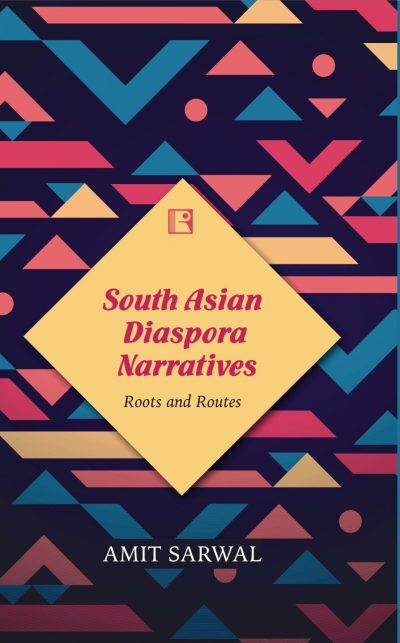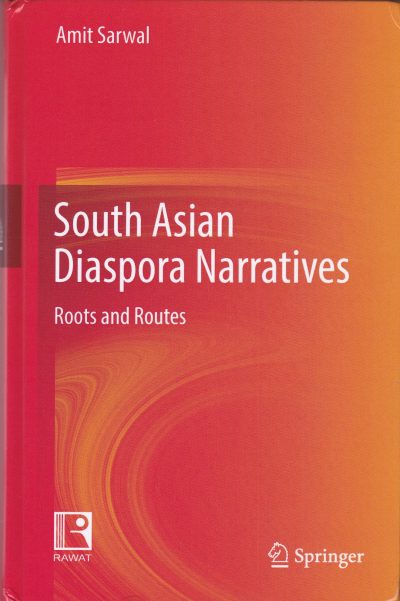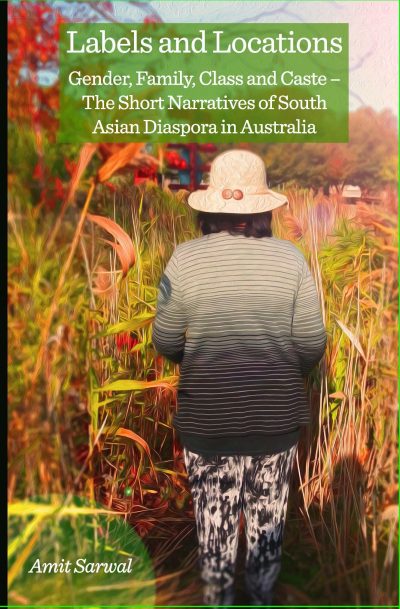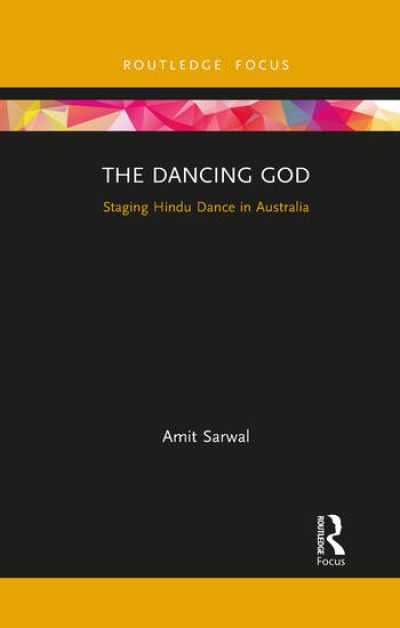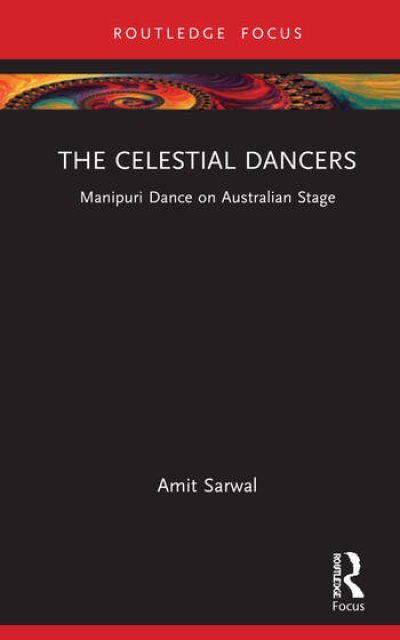Authored books
- The Celestial Dancers: Manipuri Dance on Australian Stage. London: Routledge, 2022.
This book charts the momentous journey of the popularization of Manipur’s Hindu dances in Australia. Tradition has it that the people of Manipur, a northeastern state of India, are descended from the celestial gandharvas, dance and music blessed among them as a God’s gift. The intricately symbolic Hindu dances of Manipur in their original religious forms were virtually unseen and unknown outside India until an Australian impresario, Louise Lightfoot, brought them to the stage in the 1950s. Her experimental changes through a pioneering collaboration with dancers Rajkumar Priyagopal Singh and Ibetombi Devi modernized Manipuri dance for presentation on a global stage. This partnership moved Manipur’s Hindu dances from the sphere of ritualistic temple practice to a formalized stage art abroad. Amit Sarwal chronicles how this movement, as in the case of other prominent Indian classical dances and dancers, enabled both Manipuri dance and dancers to gain recognition worldwide. This book is ideal for anyone with an interest in Hindu temple dance, Manipur dance, cross-cultural collaborations and the globalizing of Indian Classical Dance. The Celestial Dancers is a comprehensive study of how an exceptional Hindu dance form developed on the global stage.
- The Dancing God: Staging Hindu Dance in Australia. London: Routledge, 2020.
This book charts the sensational and historic journey of de-provincialising and popularising Hindu dance in Australia. I point out that in the late nineteenth and early twentieth centuries, colonialism, orientalism and nationalism came together in various combinations to make traditional Hindu temple dance into a global art form. The intricately symbolic Hindu dance in its vital form was virtually unseen and unknown in Australia until an Australian impresario, Louise Lightfoot, brought it onto the stage. Her experimental changes, which modernised Kathakali dance through her pioneering collaboration with Indian dancer Ananda Shivaram, moved the Hindu dance from the sphere of ritualistic practice to formalised stage art. I argue that this movement enabled both the authentic Hindu dance and dancer to gain recognition worldwide and created in his persona a cultural guru and ambassador on the global stage. Ideal for anyone with an interest in global dance, The Dancing God is an in-depth study of how a unique dance form evolved in the meeting of travellers and cultures.
- South Asian Diaspora Narratives: Roots and Routes. Jaipur: Rawat Publications, 2016. Rpt. Singapore: Springer, 2017.
This book analyses the metaphysical and poetical notions and the processes of ‘rooting into a culture’ and ‘routing out of a culture’ in the context of South Asian diaspora in Australia. These diasporic narratives are often characterised by bifurcated and dislocated identities that exist in a liminal space, in-between two identities, two cultures, and two histories. Yet, ‘home’ remains, through acts of imagination, remembering and re-creation, an important reference point. I argue that a clearer notion of politics of location is required to distinguish between the different kinds of ‘dislocation’ the immigrants suffer, both psychologically and sociologically. The diaspora is Australia is an under-studied topic, and this book fills a lacuna in South Asian diaspora studies by analysing and calling upon a wide range of works in this field from historical, anthropological, sociological, cultural, and literary studies.
- Labels and Locations: Gender, Family, Class and Caste – The Short Narratives of South Asian Diaspora in Australia. Newcastle Upon Tyne, UK: Cambridge Scholars Publishing, 2015.
In this book, I point out that some happy occasions, like the 1995 Commonwealth Writers Prize for Best Book to Bangladeshi-Australian author Adib Khan, the 2008 Man Booker Prize to Indian born Australian writer Arvinda Adiga, and the 2013 Australian Prime Ministers Literary Award for Fiction to Sri Lankan-Australian author Michele de Krester, have boosted the self-confidence of South Asian-Australian writers in Australia. South Asian diasporic communities have also been the focus for relatively small, but constantly growing, studies by anthropologists and sociologists on the interrelation of gender, race, ethnicity and migration in Australia. The terms Labels and Locations capture numerous aspects that contribute in the making of a diasporic consciousness. This book critically examines the issues of identity, gender, family, class and caste, expressed in the short narratives of South Asian diaspora writers based in Australia. Taking an interdisciplinary approach from literary, cultural, historical, anthropological, and sociological studies this book engages chiefly with the oeuvre of postcolonial writers and academics, namely: Mena Abdullah, Adib Khan, Yasmine Gooneratne, Michelle De Kretser, Chandani Lokug, Chitra Fernando, Satendra Nandan, Suneeta Peres da Costa, Hanifa Deen, Christopher Cyrill, Suvendrini Perera, Sunil Govinnage, Brij V. Lal, Sunil Badami, Glenn DCruz, Chris Raja, Manik Datar, David De Vos, Rashmere Bhatti, Kirpal Singh Chauli, Sujhatha Fernandes, Neelam Maharaj, Sushie Narayan, Madu Pasipanodya, Shrishti Sharma, Beryl T. Mitchell, and Sunitha. This book will, by calling upon the works of this much-neglected South Asian diaspora group, fill a lacuna in the broader critical rubric of diaspora studies.
